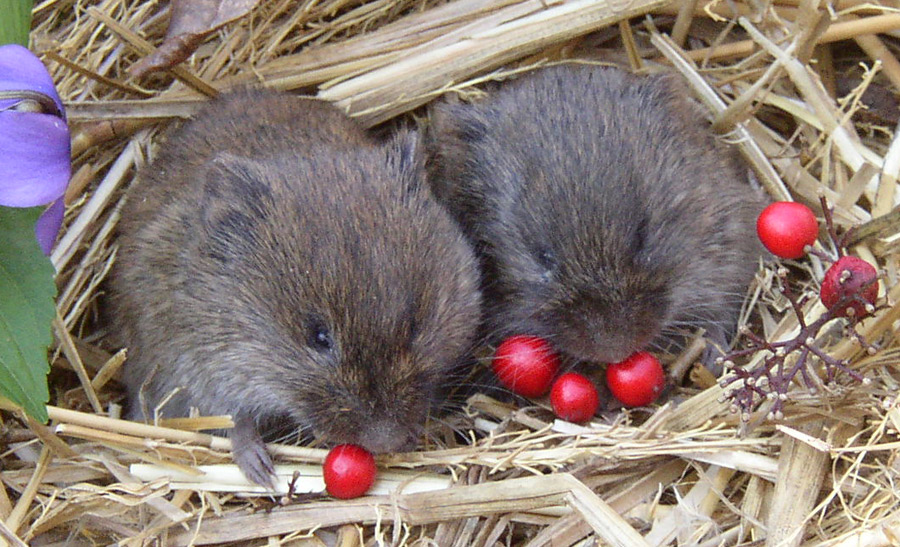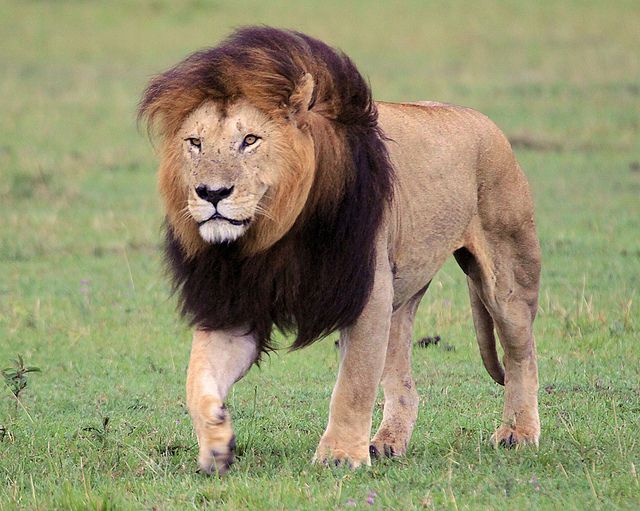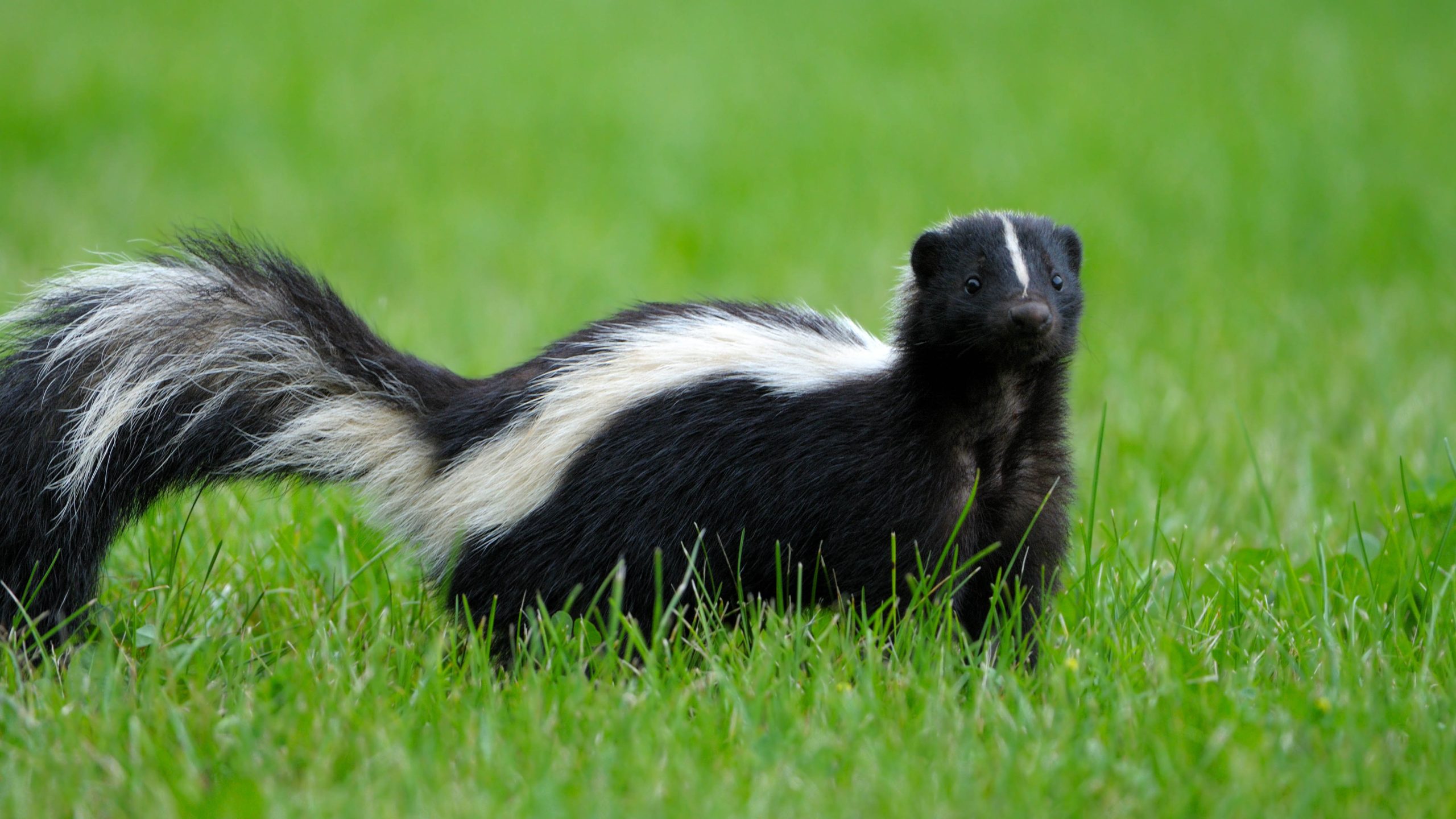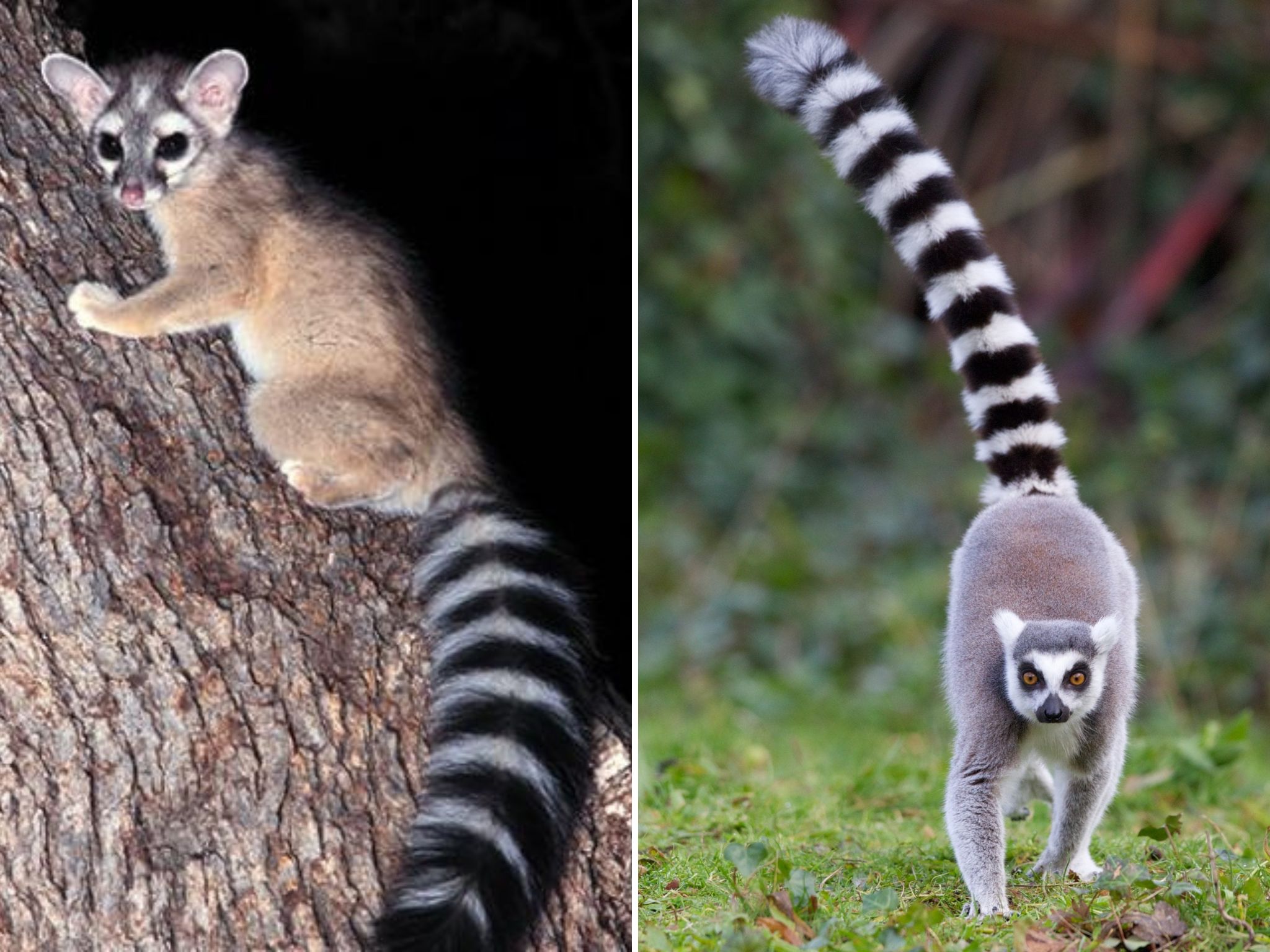
- Scientific name: Microtus ochrogaster
- Family: Cricetidae (voles, lemmings, and muskrats)
- Distribution: Central North America, from southern Canada to northern Mexico
- Habitat: Grasslands, meadows, and fields
- Diet: Omnivorous, feeding on grasses, seeds, insects, and small invertebrates
- Lifespan: 1-2 years in the wild, up to 4 years in captivity
Prairie voles are small rodents known for their monogamous behavior. Unlike many other vole species, prairie voles form strong pair bonds with their mates and share in the care of their young. This behavior has made them a popular model organism for studying the neurobiology of love and attachment in mammals.
Physical characteristics:
- Prairie voles are about the size of a mouse, with a slender body and short tail.
- Their fur is brown or gray, with a white underside.
- They have small, black eyes and large, sensitive ears.
Behavior:
- Prairie voles are social animals that live in groups of up to 10 individuals.
- They are active both day and night, and they spend a lot of time foraging for food.
- When a male and female prairie vole form a pair bond, they will stay together for life.
- They will groom each other, share a nest, and cooperate in raising their young.
Reproduction:
- Prairie voles can breed throughout the year.
- Females give birth to litters of 3-5 young after a gestation period of about 21 days.
- Both parents help to care for the young, until they are weaned at about 3 weeks old.
Conservation:
- Prairie voles are not considered to be endangered. However, their populations can be affected by habitat loss and predation.
Here are some interesting facts about prairie voles:
- The brains of prairie voles contain high levels of oxytocin, a hormone that is associated with bonding and attachment.
- Prairie voles are very sensitive to the scent of their mates. They can even recognize their mates by smell alone.
- When a prairie vole’s mate dies, the vole will often go into a period of mourning. They may become withdrawn and less active, and they may lose their appetite.






